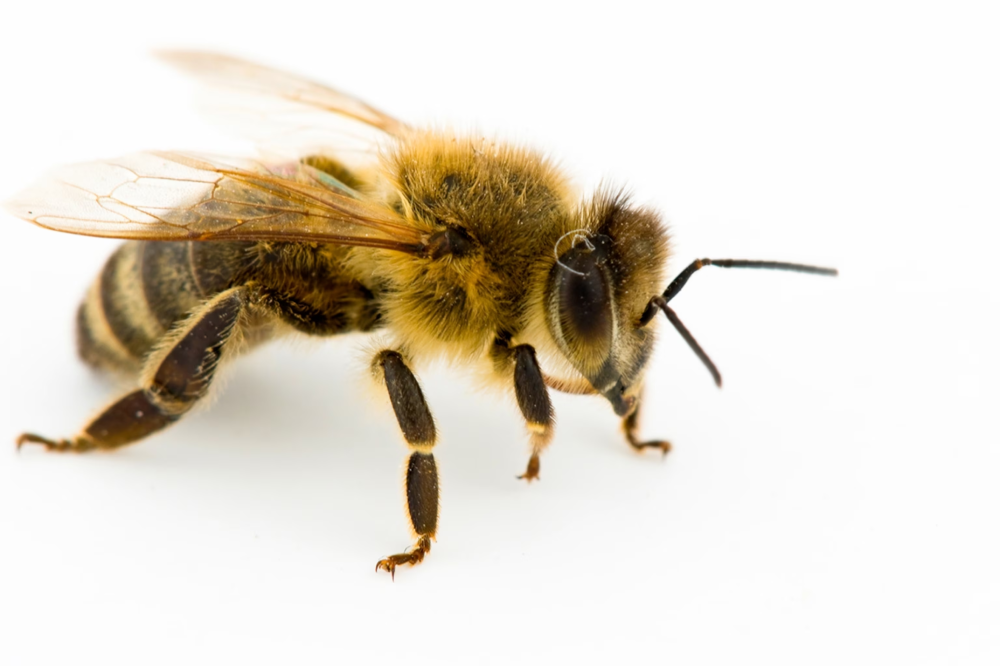Honeybee, with their intricate hives and industrious colonies, hold a special place in the natural world. Beyond their role in producing honey, these tiny insects play a vital role in pollinating plants, thus sustaining entire ecosystems. Delving into the life of honeybees reveals a complex social structure, remarkable communication methods, and a unique system of foraging and navigation. This article aims to explore the multifaceted world of honeybees, shedding light on their importance and the wonders they bring to our planet.
The Buzz about Honeybees
Honeybees belong to the genus Apis, with the Western honeybee (Apis mellifera) being the most well-known and widely distributed species. They are eusocial insects, living in highly organized colonies comprising a single queen, thousands of female worker bees, and, during certain times, male drones.
At the heart of every honeybee colony is the queen bee. She is the sole reproductive female in the hive, responsible for laying eggs that give rise to all the members of the colony. Queen bees can live for several years and are capable of laying up to 2,000 eggs per day during the peak of the breeding season.
Worker bees, which make up the majority of the colony, are sterile females responsible for various tasks such as foraging for food, tending to the young, and defending the hive. Their tireless efforts ensure the survival and growth of the colony. Interestingly, worker bees undergo a series of tasks as they age, starting with cleaning cells and caring for the brood, then progressing to tasks like producing wax, guarding the entrance, and ultimately foraging for nectar and pollen.
Male drones, on the other hand, serve a singular purpose – to mate with a queen from another colony. They do not contribute to the day-to-day activities of the hive and are expelled during times of scarcity or before winter.

The Hive: A Masterpiece of Organization
Honeybee colonies reside in intricate structures known as hives. These hives are constructed from beeswax, which worker bees produce through glands on their abdomens. The hexagonal cells within the hive serve various purposes, including storing honey, pollen, and housing developing brood.
The architecture of the hive is a marvel of efficiency and space utilization. The hexagonal shape of the cells allows for maximum storage capacity while minimizing the amount of wax needed for construction. Additionally, the design provides structural stability and strength to the hive.
Communication and Navigation
One of the most fascinating aspects of honeybee behavior is their sophisticated communication system. Through a combination of intricate dances and pheromones, honeybees convey information about the location of food sources, potential threats, and even the presence of a suitable nesting site.
The most well-known form of communication among honeybees is the waggle dance. When a forager bee returns to the hive after discovering a profitable food source, it performs a series of precise movements that indicate the direction, distance, and quality of the resource. Other worker bees decode these dances and adjust their foraging behavior accordingly, enabling the colony to efficiently exploit available resources.
In addition to communication, honeybees possess remarkable navigational abilities. They can navigate complex landscapes and return to their hive with remarkable accuracy, even after traveling several kilometers in search of food. This navigation prowess is attributed to various factors, including the use of landmarks, the sun’s position, and the Earth’s magnetic field.
The Importance of Honeybees
Beyond their intrinsic beauty and complexity, honeybees play a crucial role in the functioning of terrestrial ecosystems and agriculture. As pollinators, they facilitate the reproduction of flowering plants, including many crops that humans rely on for food. It’s estimated that honeybees are responsible for pollinating around one-third of the world’s crops, making them indispensable to global food production.
However, honeybee populations worldwide are facing numerous threats, including habitat loss, pesticide exposure, pathogens, and climate change. The decline in honeybee populations, often referred to as colony collapse disorder (CCD), poses significant risks to agricultural systems and biodiversity. Efforts to protect and conserve honeybees are therefore essential for maintaining ecosystem stability and food security.
Conclusion
Honeybees are not merely insects; they are intricate organisms that exemplify the beauty and complexity of nature. From their highly organized societies to their remarkable communication abilities and crucial role as pollinators, honeybees contribute immeasurably to the functioning of ecosystems and the well-being of humans. As stewards of the environment, it is imperative that we recognize the importance of honeybees and take concerted action to protect and preserve these invaluable creatures for generations to come.









